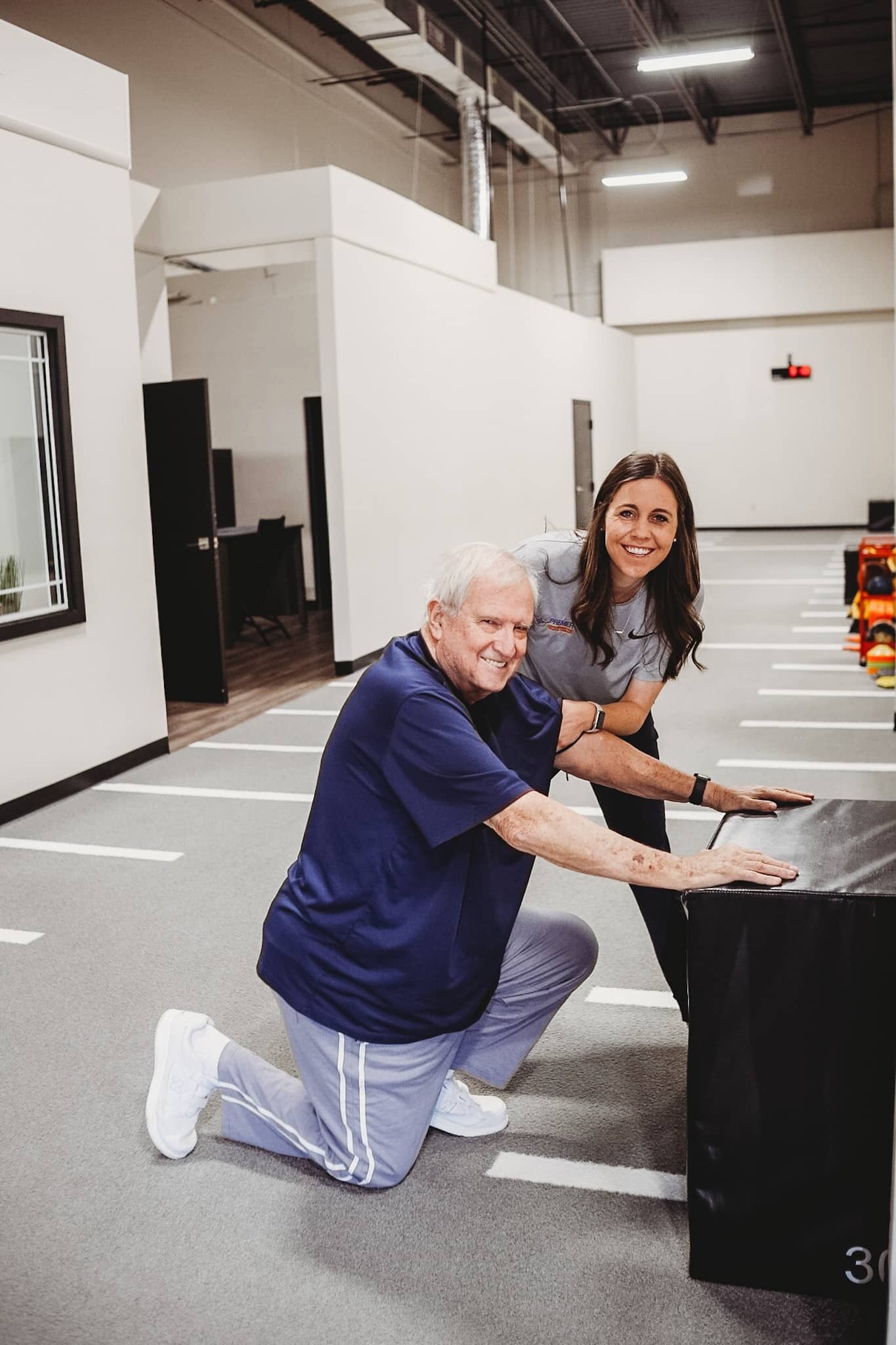Understanding the Duration of Physical Therapy After Knee Replacement
Setting the Stage: Understanding Physical Therapy After Knee Replacement
Welcome to our comprehensive guide on the duration of physical therapy after knee replacement surgery. If you've recently undergone knee replacement surgery or are considering it, understanding the timeline and duration of physical therapy is crucial for a successful recovery. In this article, we'll delve into the key factors influencing the duration of physical therapy, common milestones, and tips for optimizing your rehabilitation process.
Why Is Physical Therapy Important After Knee Replacement?
Before we dive into the duration of physical therapy, let's understand why it's essential after knee replacement surgery. Physical therapy plays a pivotal role in restoring strength, mobility, and flexibility to your knee joint. It helps reduce pain, improve range of motion, and enhance overall function, enabling you to return to your daily activities and enjoy a better quality of life.
Factors Influencing the Duration of Physical Therapy:
Type of Knee Replacement Surgery: The type of knee replacement surgery you undergo, whether partial or total knee replacement, can significantly influence the duration of your physical therapy. Total knee replacements often require more extensive rehabilitation compared to partial knee replacements.
Pre-surgery Condition: Your pre-surgery physical condition, including strength, flexibility, and overall health, can impact the length of your physical therapy post-surgery. Patients who are in better shape before surgery may have a smoother and faster recovery.
Post-surgery Complications: Complications such as infections, stiffness, or implant issues can prolong the duration of physical therapy. It's essential to address any complications promptly to prevent delays in your rehabilitation process.
Compliance with Exercise Program: Adhering to your physical therapy exercises diligently can accelerate your recovery and shorten the duration of therapy. Consistency and commitment to your exercise program are key factors in achieving optimal results.
Age and Overall Health: Age and overall health can influence how quickly you progress through physical therapy. Younger, healthier individuals may recover more swiftly compared to older adults or those with underlying health conditions.
Common Milestones During Physical Therapy:
During your physical therapy journey after knee replacement surgery, you can expect to achieve several milestones:
Regaining Range of Motion: Your physical therapist will work with you to gradually improve the range of motion in your knee joint through gentle exercises and stretches.
Building Strength and Stability: Strengthening exercises targeting the muscles surrounding the knee joint are crucial for improving stability and function.
Walking and Mobility: As your strength and flexibility improve, you'll progress from using assistive devices such as walkers or crutches to walking independently.
Return to Activities: The ultimate goal of physical therapy is to help you return to your desired level of activity, whether it's walking, hiking, playing sports, or performing daily tasks without limitations.
Tips for Optimizing Your Physical Therapy Experience:
Follow Your Therapist's Recommendations: Listen to your physical therapist's guidance and follow their recommendations regarding exercises, activity modifications, and lifestyle adjustments.
Stay Consistent with Home Exercises: In addition to in-clinic sessions, performing prescribed home exercises consistently can enhance the effectiveness of your physical therapy program.
Communicate Any Concerns: Don't hesitate to communicate any concerns or challenges you encounter during physical therapy with your therapist. They can adjust your treatment plan accordingly to address your needs.
Maintain a Positive Mindset: Recovery from knee replacement surgery can be challenging, but maintaining a positive mindset and staying motivated throughout the process can significantly impact your outcomes.
Summing Up: Navigating Your Knee Replacement Recovery
In conclusion, understanding the duration of physical therapy after knee replacement surgery is vital for achieving a successful recovery and optimal outcomes. By considering factors such as the type of surgery, pre-surgery condition, and adherence to your exercise program, you can navigate your rehabilitation journey with confidence. Remember, every individual's recovery timeline is unique, so focus on progress rather than comparing yourself to others. With dedication, perseverance, and the guidance of your physical therapist, you can regain mobility, strength, and function in your knee joint, paving the way for a healthier, more active lifestyle.


